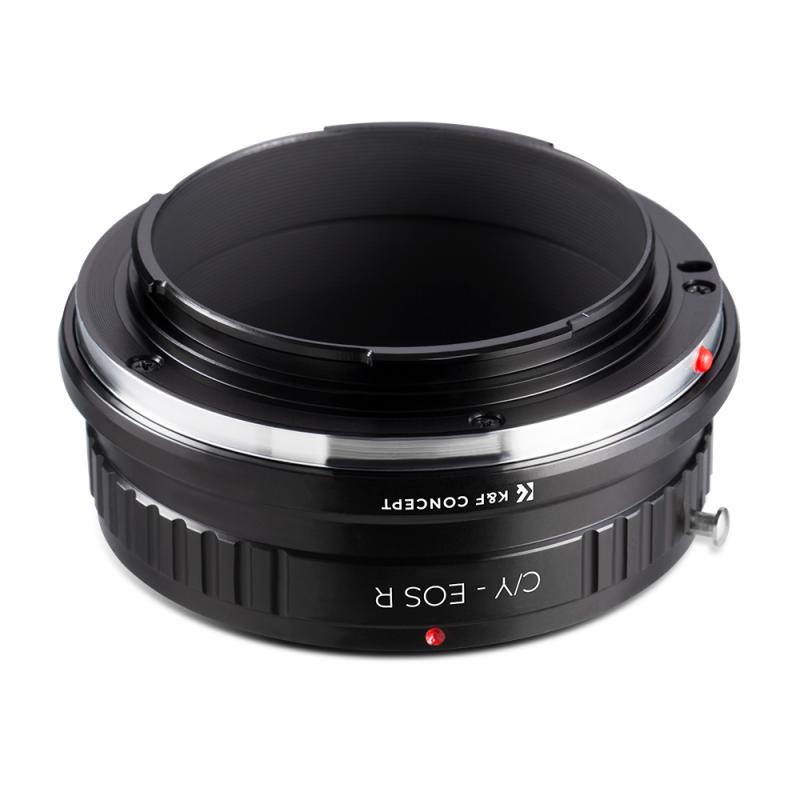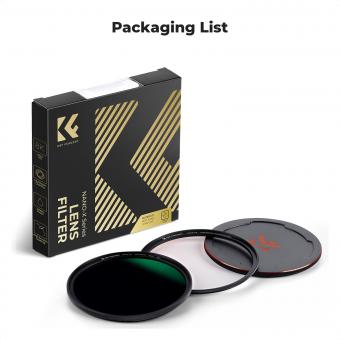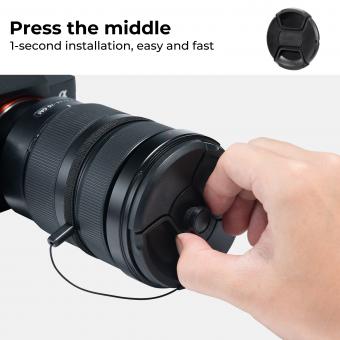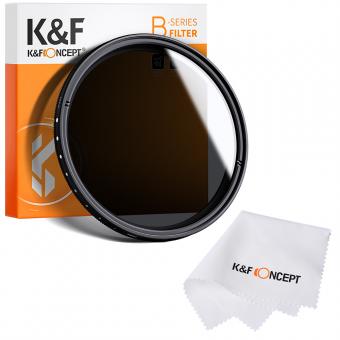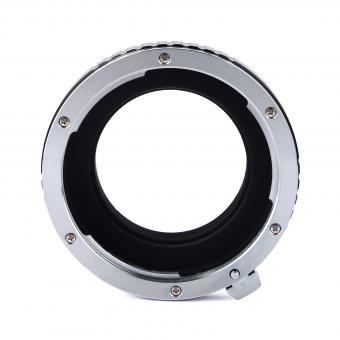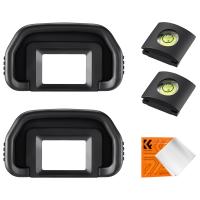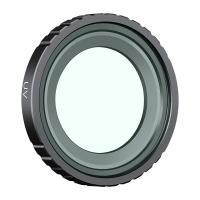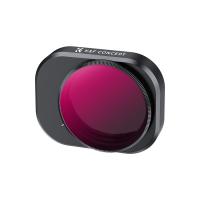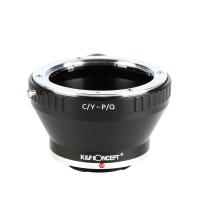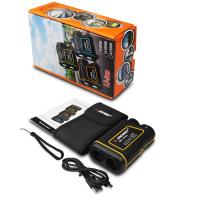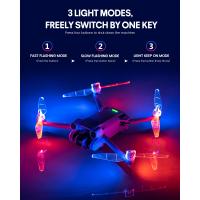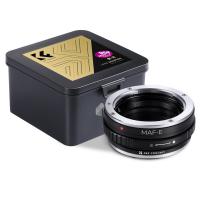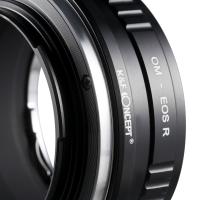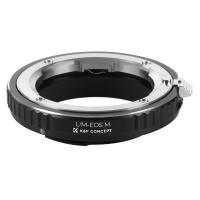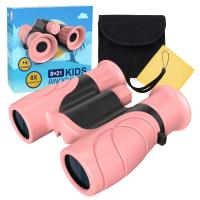What Size Filter For 85mm Lens ?
The size of the filter for an 85mm lens depends on the specific lens model and brand. Different lenses have different filter thread sizes, which are usually indicated on the lens barrel or in the lens manual. Common filter thread sizes for 85mm lenses include 67mm, 72mm, and 77mm. It is important to use the correct filter size for your lens to ensure proper fit and avoid vignetting or other issues.
1、 Lens filter basics
What size filter for 85mm lens?
The size of the filter you need for an 85mm lens depends on the diameter of the lens. Most 85mm lenses have a filter thread size of 67mm, but it's always best to check the lens specifications to be sure. Once you know the filter thread size, you can choose the appropriate filter for your needs.
Lens Filter Basics:
Lens filters are an essential accessory for any photographer. They can help you achieve a variety of effects and improve the quality of your images. There are several types of filters available, including UV filters, polarizing filters, neutral density filters, and color filters.
UV filters are used to protect the front element of your lens from scratches, dust, and other debris. They also help reduce the amount of UV light that enters the lens, which can cause haze and reduce contrast.
Polarizing filters are used to reduce glare and reflections from non-metallic surfaces, such as water and glass. They can also help enhance the colors in your images.
Neutral density filters are used to reduce the amount of light that enters the lens, allowing you to use slower shutter speeds or wider apertures in bright conditions.
Color filters are used to add or enhance certain colors in your images. For example, a red filter can make a blue sky appear more dramatic.
In recent years, some photographers have questioned the need for filters, arguing that many of the effects can be achieved in post-processing. However, filters still have their place in photography, particularly for those who prefer to get the shot right in-camera.
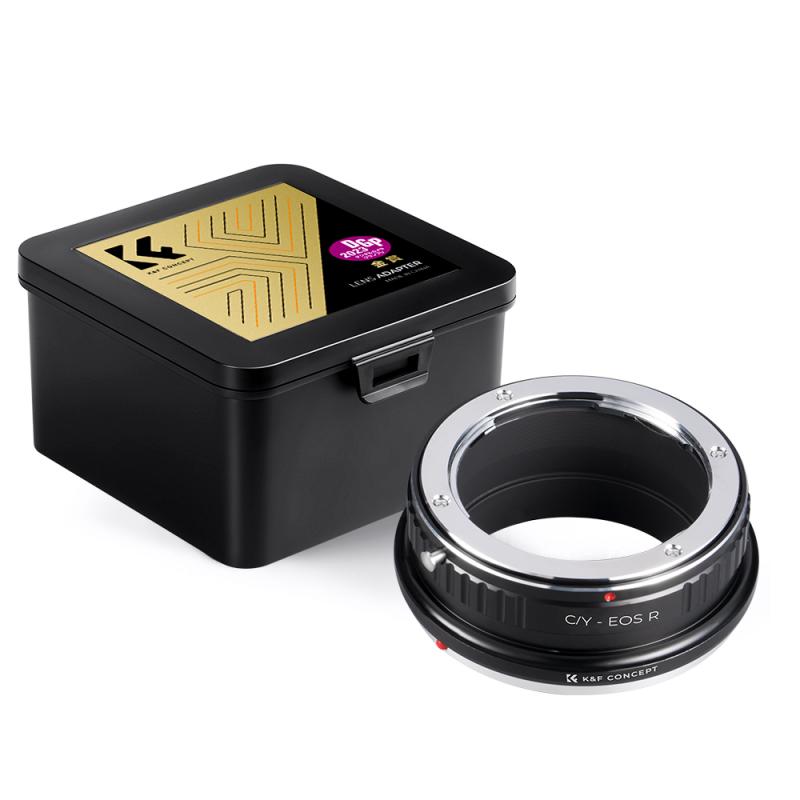
2、 Choosing the right filter size
Choosing the right filter size for your 85mm lens is an important decision that can greatly impact the quality of your photographs. The filter size you choose will depend on the specific model of your lens, as well as the type of filter you plan to use.
To determine the correct filter size for your 85mm lens, you will need to consult the lens manual or do some research online. Most 85mm lenses have a filter thread size of 67mm, but it's always best to double-check before making a purchase.
When choosing a filter for your 85mm lens, there are a variety of options to consider. UV filters are a popular choice for protecting your lens from scratches and dust, while polarizing filters can help reduce glare and improve color saturation. Neutral density filters are also useful for controlling exposure in bright light conditions.
It's important to note that not all filters are created equal, and investing in high-quality filters can make a significant difference in the final outcome of your photographs. Look for filters made from high-quality materials and with multi-coated surfaces to minimize reflections and maximize image quality.
In conclusion, choosing the right filter size for your 85mm lens is an important decision that can greatly impact the quality of your photographs. Take the time to research your lens model and the different types of filters available to make an informed decision. And remember, investing in high-quality filters can make a significant difference in the final outcome of your images.
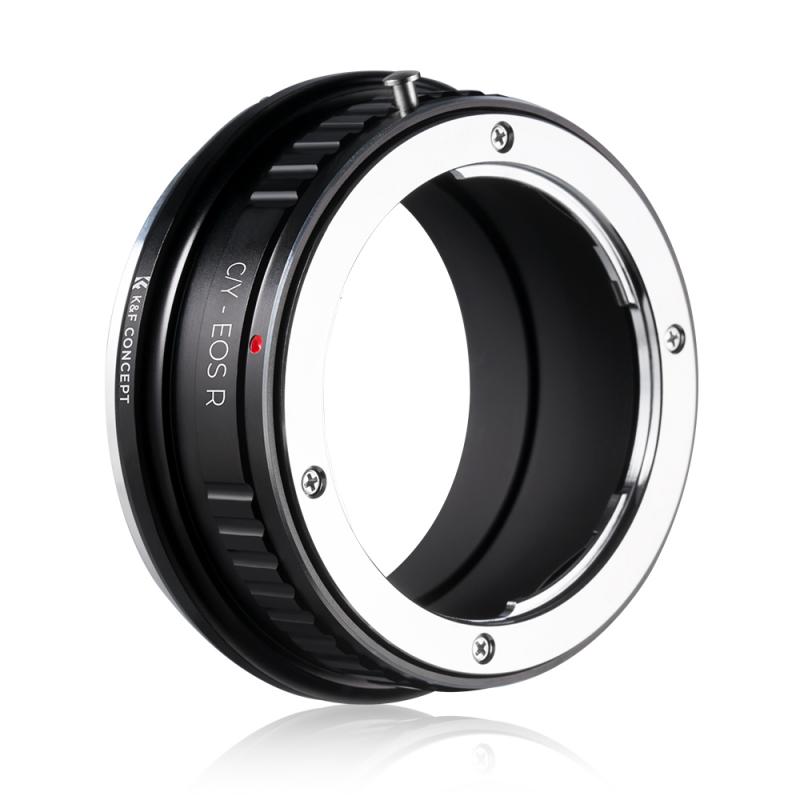
3、 Common filter sizes for 85mm lenses
Common filter sizes for 85mm lenses are 67mm, 72mm, and 77mm. However, it is important to note that the filter size needed for an 85mm lens can vary depending on the specific lens model and brand. It is always recommended to check the lens specifications or consult with the manufacturer to determine the correct filter size.
In recent years, there has been a trend towards using larger filter sizes, such as 82mm or even 95mm, for 85mm lenses. This is because larger filters can provide better image quality by reducing vignetting and minimizing the risk of light leaks. Additionally, larger filters can be used on multiple lenses with different filter thread sizes by using step-up rings.
It is also worth considering the type of filter needed for an 85mm lens. Common types of filters include UV filters, polarizers, neutral density filters, and graduated filters. Each type of filter serves a different purpose and can have a significant impact on the final image. For example, a polarizer can reduce glare and enhance colors, while a neutral density filter can allow for longer exposures in bright conditions.
Ultimately, the filter size and type needed for an 85mm lens will depend on the photographer's specific needs and preferences. It is important to do research and experiment with different filters to find the best fit for each individual situation.
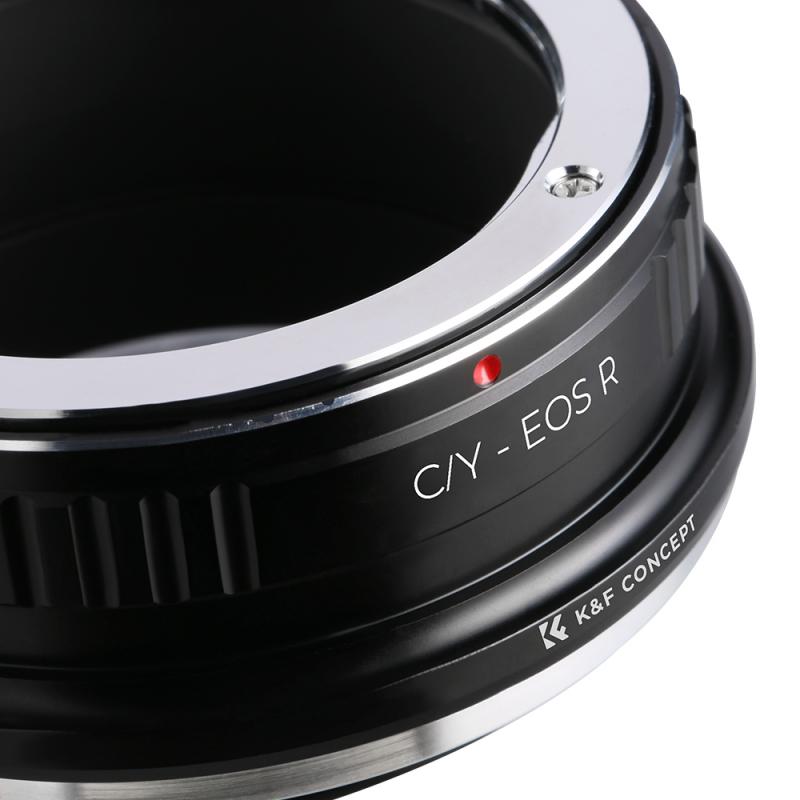
4、 Screw-on vs. drop-in filters
What size filter for an 85mm lens depends on the specific lens model. Generally, 85mm lenses have a filter thread size of 67mm or 72mm. However, it is always best to check the lens specifications to ensure the correct filter size is purchased.
When it comes to choosing between screw-on and drop-in filters, it ultimately depends on personal preference and the specific needs of the photographer. Screw-on filters are the most common type of filter and are easy to use. They screw directly onto the front of the lens and are available in a variety of sizes and types, including UV, polarizing, and neutral density filters.
Drop-in filters, on the other hand, are inserted into a slot at the back of the lens. They are typically used in larger lenses and are more commonly found in professional photography settings. Drop-in filters offer more flexibility in terms of filter size and type, but they can be more expensive and require a special filter holder.
In recent years, there has been a growing trend towards using screw-on filters with step-up rings. This allows photographers to use the same filter on multiple lenses with different filter thread sizes. It is a cost-effective and convenient solution for those who own multiple lenses.
Ultimately, the choice between screw-on and drop-in filters comes down to personal preference and the specific needs of the photographer. Both options have their advantages and disadvantages, and it is up to the individual to decide which one is best for them.
